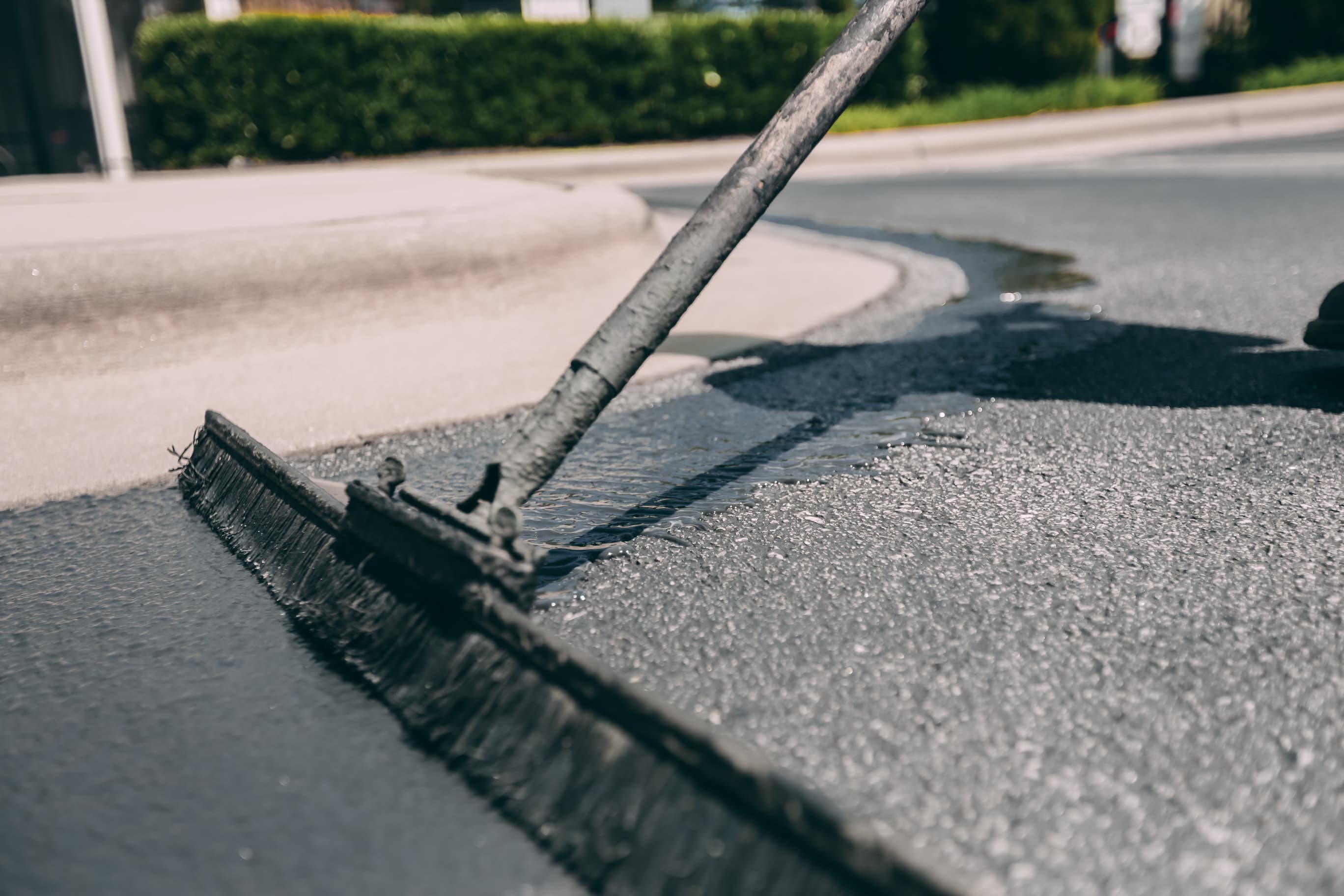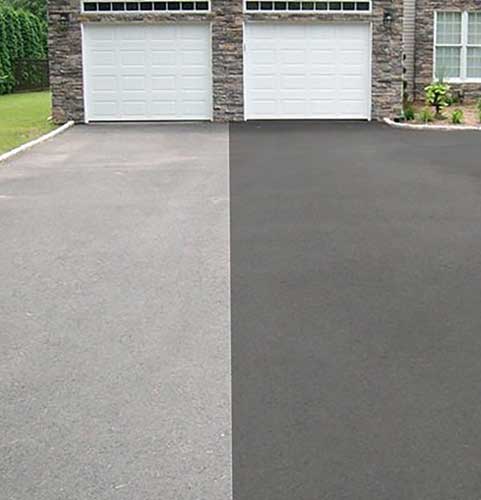Warm Mix Asphalt: A Lasting Remedy for Pavement
Warm Mix Asphalt (HMA) has arised as a leading sustainable choice for pavement remedies, providing a myriad of environmental advantages and innovative modern technologies. As the need for environment-friendly construction techniques grows, discovering the subtleties of HMA's sustainability can provide valuable understandings right into the future of pavement remedies.
Environmental Advantages of Hot Mix Asphalt

Moreover, Hot Mix Asphalt assists to reduce metropolitan heat island results. Its dark color soaks up sunlight, reducing the quantity of warm mirrored back into the ambience compared to lighter-colored pavements. This can lower ambient temperature levels in urban locations, lowering the demand for cooling and eventually reducing energy intake.
On top of that, Hot Mix Asphalt adds to improved stormwater management. Its permeable nature permits water to charge and penetrate the sidewalk groundwater supplies, decreasing overflow and the danger of flooding. These ecological advantages make Warm Mix Asphalt a lasting choice for paving highways and roads.
Energy Efficiency in HMA Production
Is energy efficiency a crucial variable in the manufacturing of Warm Mix Asphalt (HMA)? Definitely. Energy plays a considerable function in the manufacturing of HMA, affecting both expense and environmental sustainability. One key aspect of power efficiency in HMA production is using warm mix asphalt (WMA) technologies (regrading). WMA enables the mixing and positioning of asphalt at reduced temperatures compared to standard hot mix asphalt, resulting in reduced energy consumption throughout manufacturing. This process not just lowers fuel usage but additionally decreases greenhouse gas exhausts, making it an extra eco-friendly option.
In addition, innovations in plant modern technologies have led to even more energy-efficient HMA production procedures. Modern plants are created with functions like recycled asphalt pavement (RAP) handling capabilities, reliable burner systems, and boosted insulation, all contributing to power savings. By maximizing energy use in HMA manufacturing, the industry can minimize its carbon footprint while preserving premium sidewalk products. Power efficiency is, consequently, an essential consideration in guaranteeing the sustainability of Hot Mix Asphalt manufacturing.
Recyclability of Warm Mix Asphalt
The recyclability of Hot Mix Asphalt (HMA) is a critical facet of its sustainability and long-term environmental effect. HMA is just one of one of the most recycled products in the United States, with over 100 million heaps of redeemed asphalt pavement (RAP) being reused each year in brand-new pavement building. Reusing HMA supplies several environmental benefits, such as lowering the need for virgin materials, lowering energy usage throughout production, and decreasing the amount of waste sent to garbage dumps.
The procedure of reusing HMA involves milling the existing pavement, crushing it right into smaller sized pieces, and mixing it with new aggregate and asphalt binder to produce a recycled mix. This recycled mix can usually perform in addition to and even far better than standard HMA, while calling for less basic materials and creating reduced greenhouse gas emissions. By incorporating my response RAP into brand-new pavement jobs, roadway agencies can conserve natural deposits, lower costs, and decrease the ecological footprint of roadway construction and maintenance activities. Generally, the recyclability of HMA plays a considerable duty in advertising sustainable practices within the pavement sector.

Long-Term Performance of HMA
Asphalt sidewalks demonstrate longevity and durability over an extensive period, mirroring the long-term efficiency of Hot Mix Asphalt (HMA) Additionally, improvements in HMA technology, such as the use of polymer-modified binders and cozy mix asphalt, have additionally enhanced the longevity and longevity of HMA pavements. By focusing on quality building and upkeep practices, HMA proceeds to prove itself as a cost-efficient and sustainable service for durable sidewalk framework.

HMA: Resilience and Sustainability
Demonstrating both sturdiness and sustainability, Hot Mix Asphalt (HMA) has actually become a keystone in the go building of long-lasting pavement infrastructures - commercial parking lot paving. HMA's sturdiness stems from its capability to withstand hefty tons, severe climate condition, and high website traffic volumes, making it a trustworthy choice for roadways, freeways, and airport paths. The make-up of HMA, which usually consists of aggregates, binder, and filler, plays an essential role in improving its long life and resistance to tear and use
Moreover, HMA's sustainability depends on its recyclability and energy-efficient manufacturing process. The capacity to recycle reclaimed asphalt pavement (RAP) in brand-new HMA mixtures minimizes the demand for virgin materials and lessens the ecological influence of pavement building and upkeep. In addition, the energy effectiveness of producing HMA exists in its lower mixing temperatures compared to other pavement materials, bring about decreased energy usage and greenhouse gas exhausts.
Conclusion
In final thought, hot mix asphalt (HMA) offers a lasting option for pavement with its environmentally pleasant features. HMA's recyclability, power effectiveness in production, and lasting longevity make it an eco-friendly selection for roadway building and construction.
HMA is one of the most recycled materials in the United States, with over 100 million lots of reclaimed asphalt sidewalk (RAP) being recycled Clicking Here yearly in new sidewalk construction.The procedure of reusing HMA involves milling the existing pavement, squashing it right into smaller sized items, and mixing it with new aggregate and asphalt binder to create a recycled mix.Asphalt sidewalks show durability and strength over a prolonged duration, reflecting the lasting performance of Warm Mix Asphalt (HMA) Additionally, innovations in HMA innovation, such as the usage of polymer-modified binders and cozy mix asphalt, have better improved the durability and durability of HMA sidewalks. The capacity to recycle redeemed asphalt pavement (RAP) in new HMA combinations decreases the need for virgin materials and reduces the environmental effect of pavement construction and upkeep.